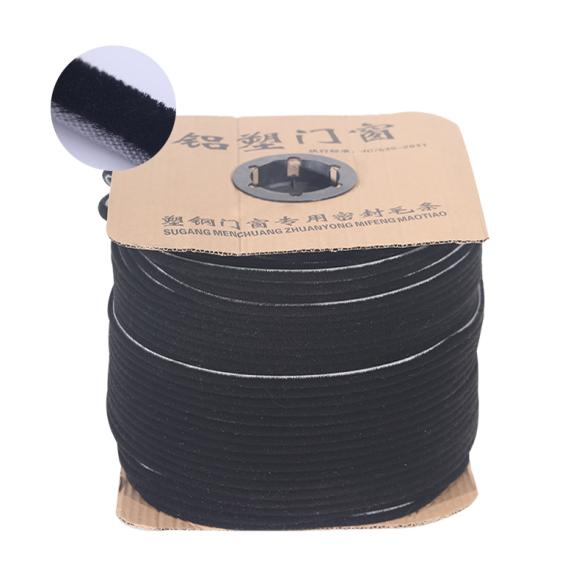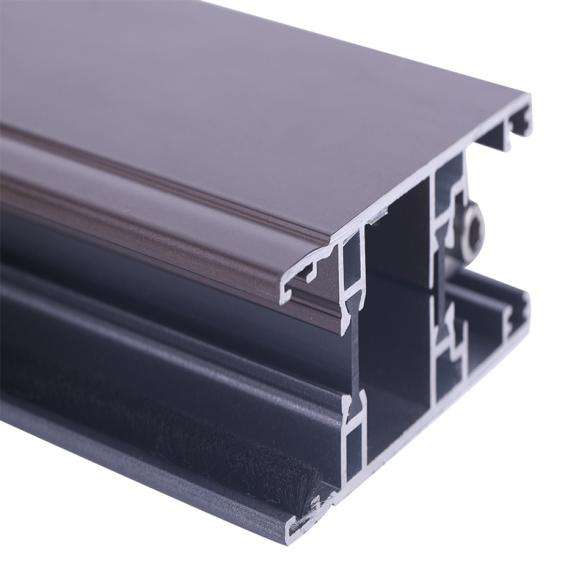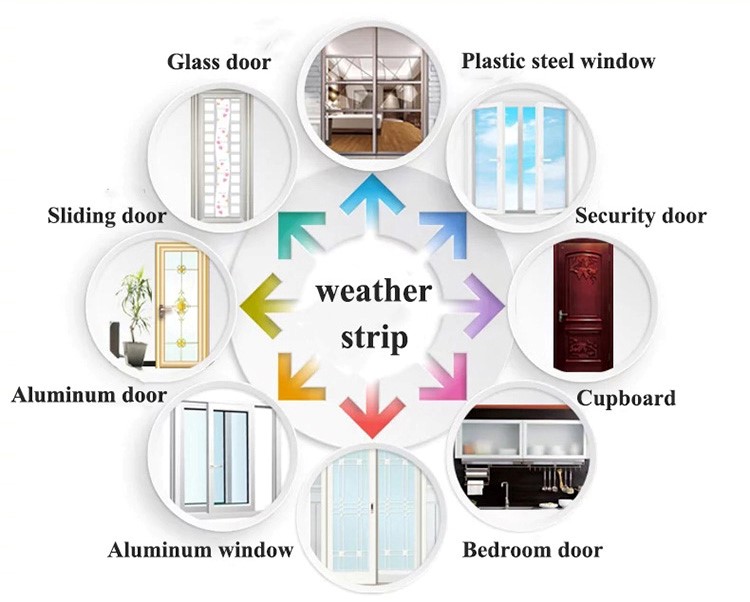Types of Pile Weatherstrips
There are different types of weatherstripping. The most common types when it comes to pile weatherstrips include;
Silicone and Non-silicone Pile Weatherstrips
Pile weatherstrips are manufactured differently with the sealing strips categorized into two – silicone and non-silicone pile weatherstrips. The silicone pile weatherstrips are made using polypropylene fiber that is treated using silicone oil.
This strip is known for its ability to improve the performance of windows and doors when it comes to waterproofing.
It also has improved lodging resistance, flexibility, and aging resistance. The silicone pile weatherstrip is recommended for use compared to its non-silicone counterpart by different industry regulatory bodies.
Adhesive and Non-adhesive Pile Weatherstrips
These types of pile weatherstrips are mostly used on free or sliding doors and windows. They are also referred to as groove weatherstrips.
The groove weatherstrips are inserted at the door edge seal or bottom of the window or door. It seals material for the silicone pile weather strips discussed above.
They come with a barbed part that is inserted into the groove to ensure that airflow is completely blocked and any loss of heat from the home is prevented.
Fin Pile Weatherstrips
Fin pile weatherstrips are also common in pile weatherstripping and are generally categorized into two – intermediate sandwich and ordinary type fin pile weatherstrips.
The intermediate sandwich fin weatherstrips use a non-woven fabric with silicone or a polyethylene film in the middle to ensure that airflow is completely isolated.
The ordinary type fin pile weatherstrips are not commonly used and are not as effective as their counterparts especially when it comes to the escape of air.
When to Replace Pile Weatherstripping
Different people might have different reasons for replacing their pile weatherstripping. However, you need to replace it when;
- You are getting increasing energy bills without any additional usage.
- You notice the existence of a draft under your windows and doors. You can check for a draft in your home by moving closer to the windows or doors.
- If you have a thermostat in your home try changing the temperature and feel if there is any difference in the house. If there is not, then you need to replace your pile weatherstripping.
- You notice that there is a lot of moisture near your home insulation points or on the walls of the house.
How to Replace Pile Weatherstripping
Sealing the Bottom of a Window
To seal the bottom of a window, you need to cut strips of silicone or self-stick vinyl weatherstrips to match the size of your window sash. After that, you can apply one of the strips on the bottom of the lower sash.
Finally, close the window and apply another strip on the top of the window as well.
Weatherstripping a Sliding Door
If you have sliding doors in your home, you need to make sure that pile weatherstripping goes to both sides of your doors. With proper installation, you will have the weatherstrips brushing against the doors. It does not affect the movement of the door.
Conclusion
When replacing your pile weatherstripping, you need to make sure that you have determined the length of all the areas that you want to seal.
This helps when determining the weatherstripping length that you need. This is because weatherstripping materials come in different thicknesses and widths to meet the different needs of homeowners.
contact us
Company: Sichuan Jiayueda Building Materials Co., Ltd.
Contact: grace Lee
Email: gracelee@jyd-buildingmaterials.com
WhatsApp: +86 173 4579 3501
Post time: Jun-10-2022







